Teaching in this day and age looks different than it did just a few years ago. Virtual classroom platforms are no longer just video calls, as they’ve now grown into interactive spaces powered by newer technology built to support hybrid learning, keep students engaged, and make lessons more personal.
For teachers, the right platform can mean smoother lessons and more active students. But with so many choices, each with its own strengths, the real question is: which virtual classroom platform actually fits your teaching style and your students’ needs?
What is a Virtual Classroom Platform
Before we get started, let’s define what virtual classroom platform is.
It is a digital space designed for teaching, with features like quizzes, breakout rooms, whiteboards, and attendance tracking. Many now come with AI tools that help teachers plan lessons, grade work, and support students more efficiently.
Choosing the right platform matters. So, be sure to keep in mind some benchmarks when choosing one:
- Ease of Use. Teachers need quick setup and intuitive controls. Students also need to be able to access the platform easily.
- Engagement Tools. Breakout rooms, live chat, digital whiteboards, and polls make learning active.
- AI Features. Modern VCPs use AI for lesson planning, grading, auto-transcriptions, and personalization.
- Integration. Teachers juggle multiple tools: PowerPoint slides, videos, and documents. Platforms that allow embedding and real-time activities create a smooth experience.
- Security. Data privacy and compliance with education standards matter more than ever, especially for K–12.
To get more engagement with the students, many teachers combine their virtual classroom platforms with ClassPoint to add interactivity into presentations, ensuring every student has a voice.
TL;DR Top Virtual Classroom Platforms for Online Teaching
Here’s a closer look at the leading platforms shaping online teaching:
| Platform | Key Features | Best For | Pricing (Starting) |
|---|---|---|---|
| Edcafe AI | AI toolkit that generates lesson plans, quizzes, slides, flashcards, chatbots, and more. | Teachers who want AI-powered support across any virtual classroom. | Free trial + subscription. |
| ProProfs Training Maker | LMS with live classes, quizzes, assessments, and analytics. | Schools & corporate training. | From ~$1.97 per learner/month. |
| Vedamo | Breakout rooms, whiteboards, surveys, session recording. | Interactive live teaching. | From $25/month. |
| LearnCube | Browser-based with whiteboard, scheduling, content sharing. | Language tutors & small groups. | Free & paid plans. |
| Kaltura | Video-first classroom with branding, analytics, LMS integration. | Universities & enterprises. | Custom pricing. |
| BigBlueButton | Open-source with polls, whiteboards, and LMS add-ons. | Schools using Moodle or Canvas. | Free (self-hosted). |
| Google Classroom + Gemini AI | Assignments, quizzes, AI personalization. | K–12 & higher ed on Google Workspace. | Free for schools. |
| SC Training (EdApp) | Mobile-friendly, gamified microlearning. | Workforce training & schools. | Free plan + premium options. |
1. Edcafe AI
Edcafe AI is a virtual learning environment equipped with an AI assistant that enhances and supports any classroom setup. Teachers use it alongside their preferred classroom platform to instantly generate lesson plans, interactive slides, quizzes, flashcards, chatbots, and even AI-graded assignments.
What sets it apart is that it’s built specifically for educators, so the tools align with real classroom needs instead of being general AI outputs. For teachers juggling time and content creation, Edcafe AI is the toolkit that keeps lessons fresh and personalized.
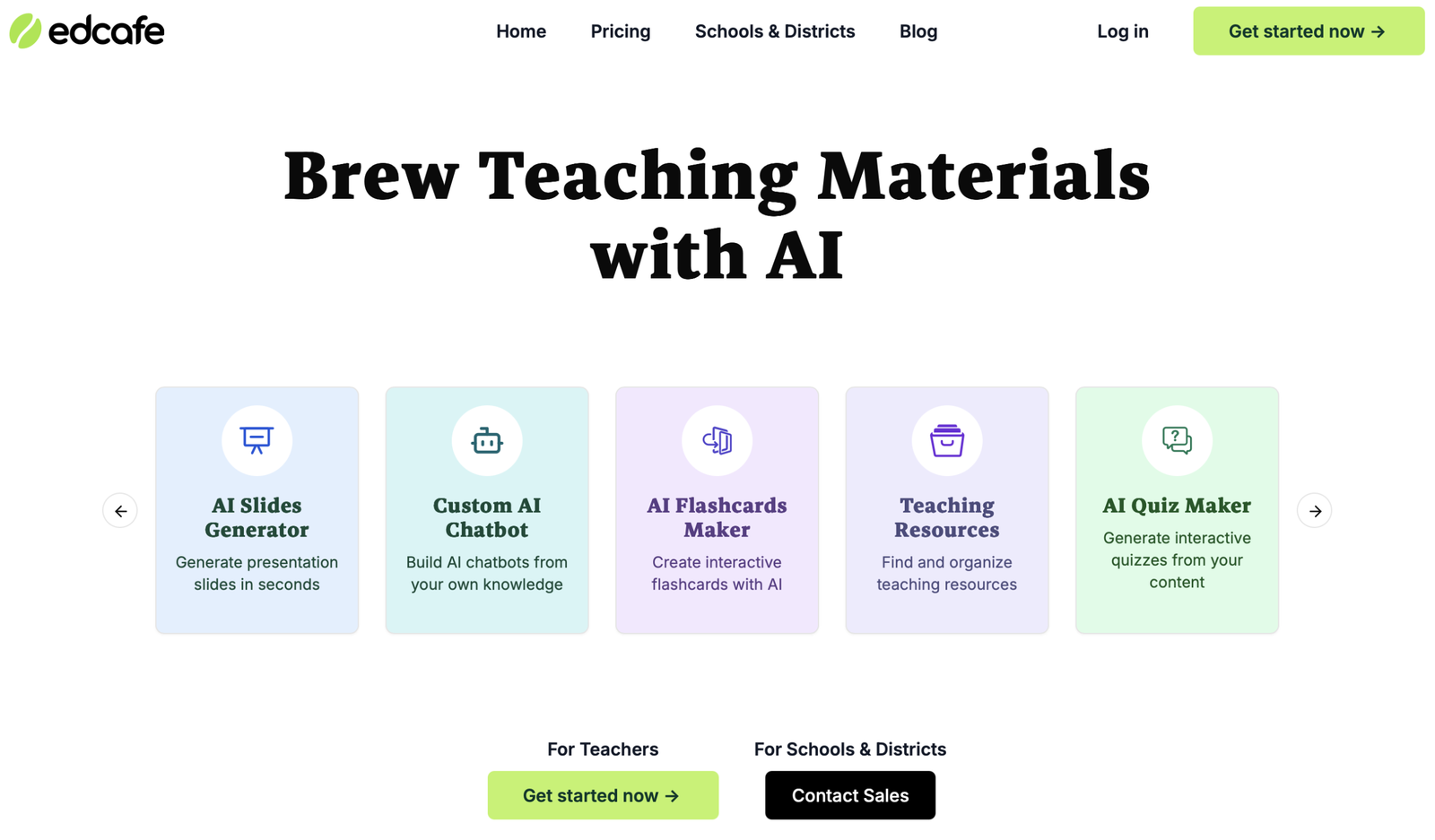
2. ProProfs Training Maker
This platform combines the structure of an LMS with the interactivity of a classroom. Teachers can host live sessions, deliver quizzes, track progress, and even design full courses. It’s especially popular in professional training contexts where assessment and analytics are crucial.
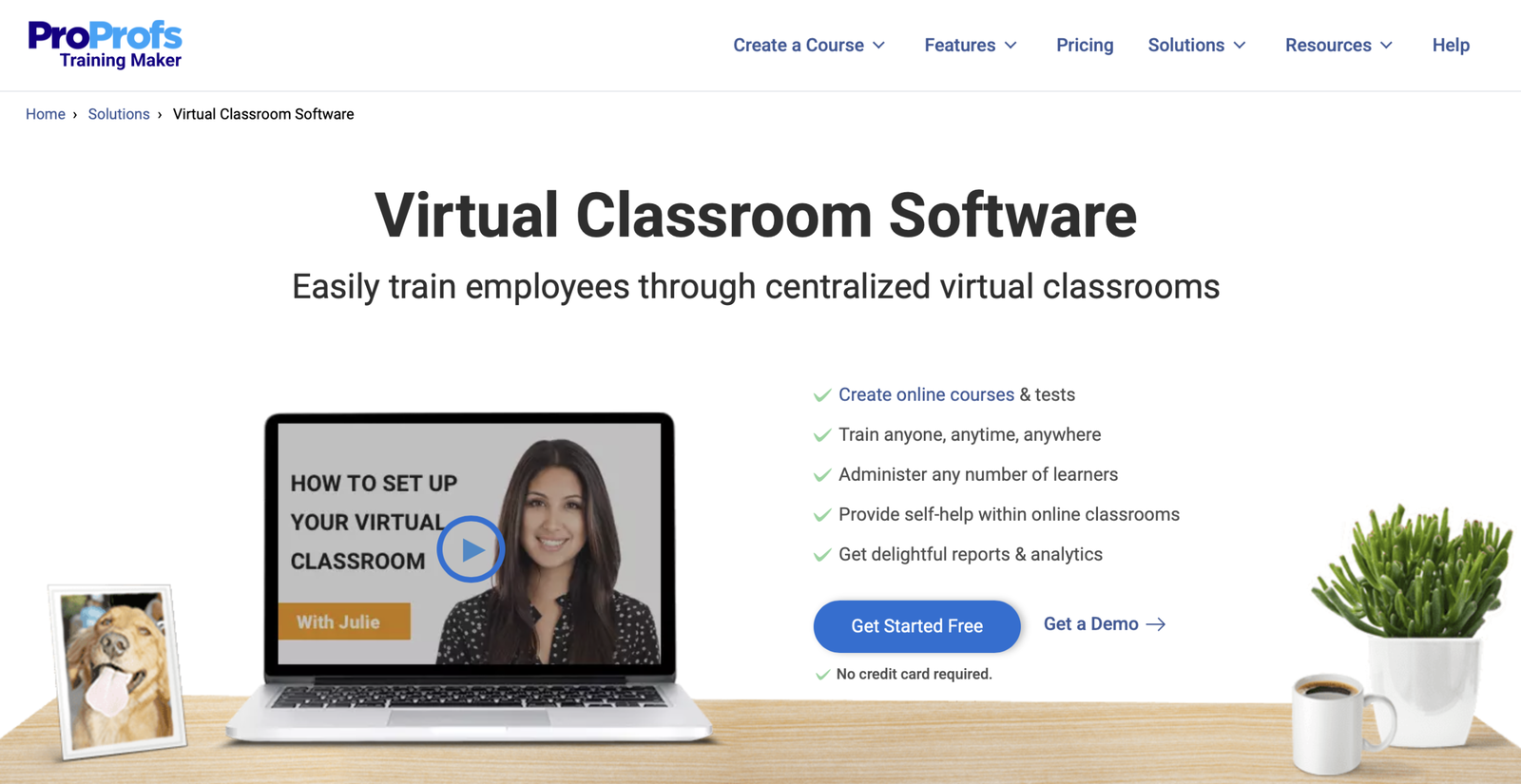
3. Vedamo
Vedamo is designed for live teaching. Its breakout rooms, collaborative whiteboards, and survey features make it ideal for class discussions and group projects. Teachers appreciate its session recording options, which allow students to review lessons later.
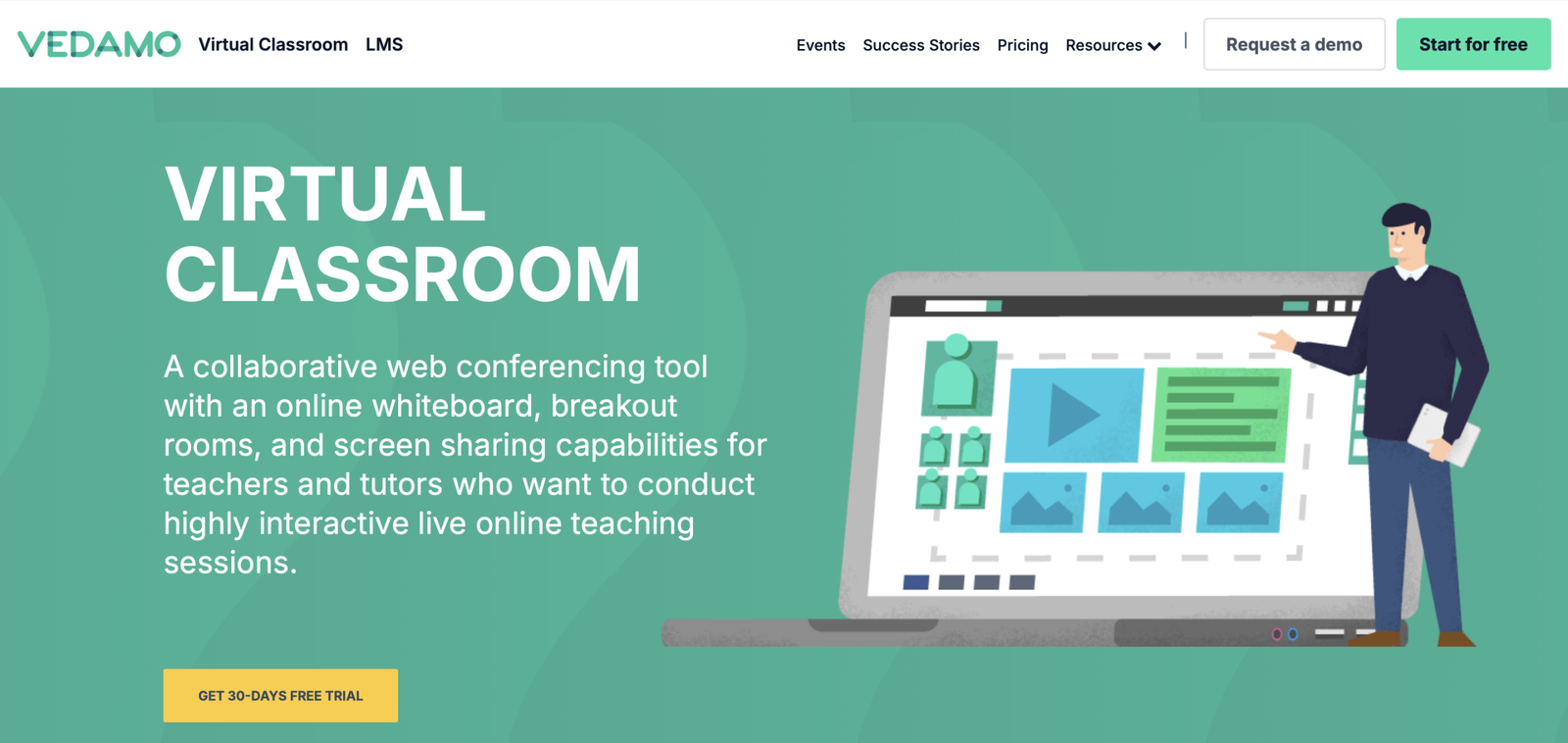
4. LearnCube
LearnCube was built with tutors in mind, particularly language teachers. It’s browser-based, so there’s no software to install, and includes scheduling, media sharing, and an interactive whiteboard. In addition, its AI-powered ESL tools help teachers create and adapt content quickly.
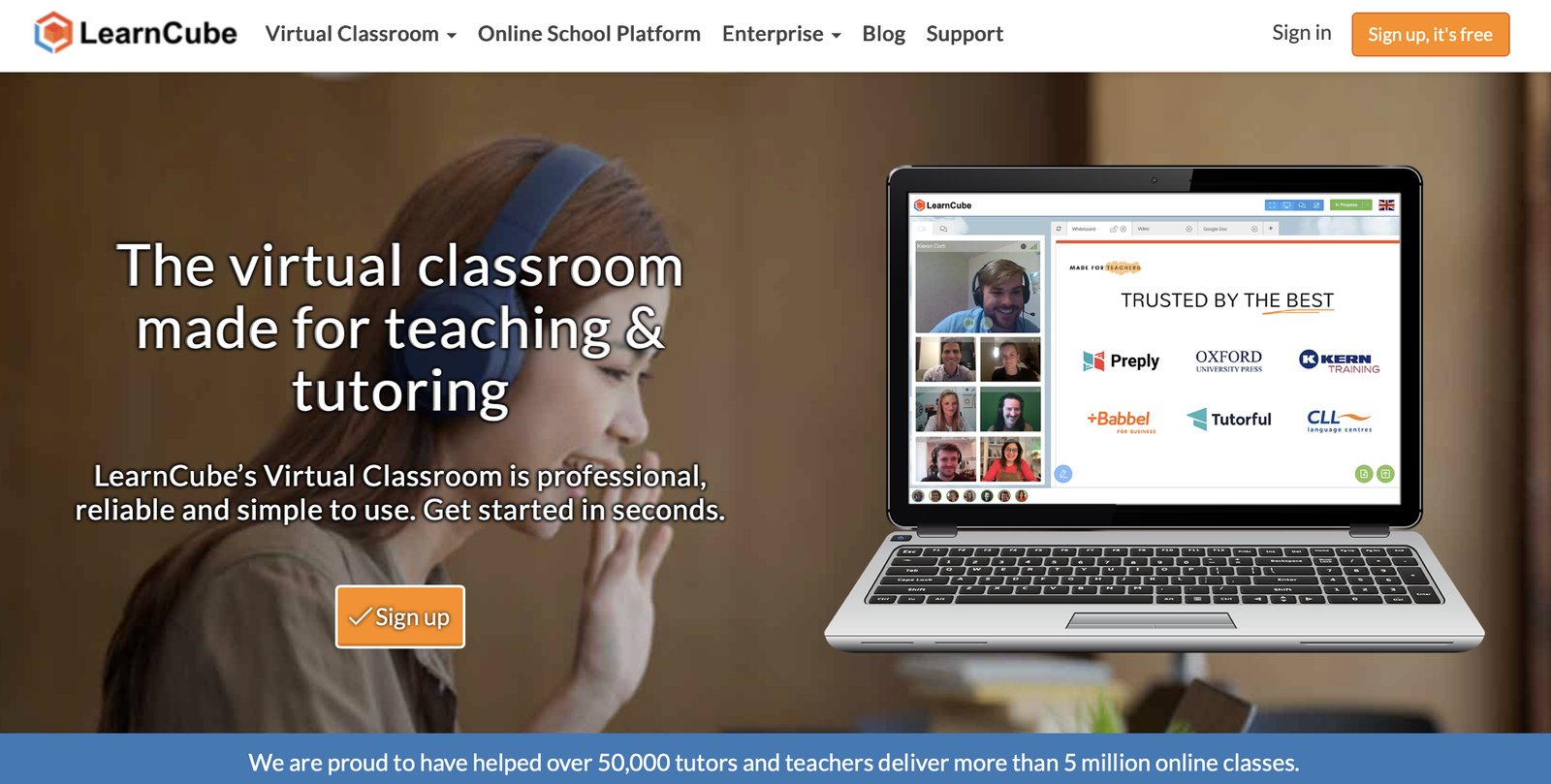
5. Kaltura
Kaltura focuses on large-scale, professional video experiences. Universities and enterprises use it to deliver branded, secure, and analytics-rich classrooms. Its integration with LMS systems makes it a strong choice for institutions that need enterprise-grade support.
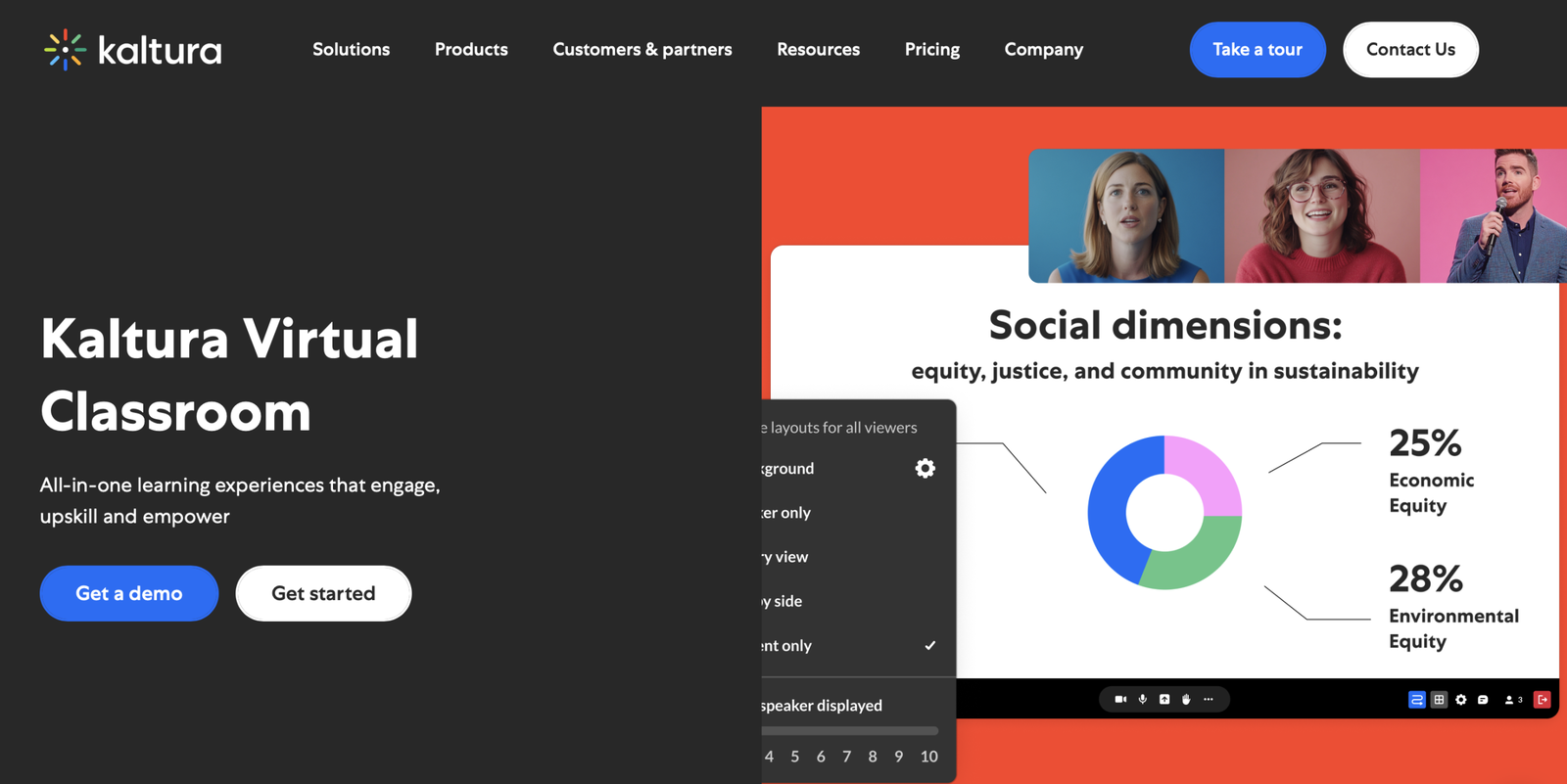
6. BigBlueButton
As an open-source solution, BigBlueButton gives schools flexibility and control. It integrates seamlessly with platforms like Moodle and Canvas and includes tools like polling, whiteboards, and breakout rooms. For schools with strong IT support, it’s a customizable and cost-effective option.
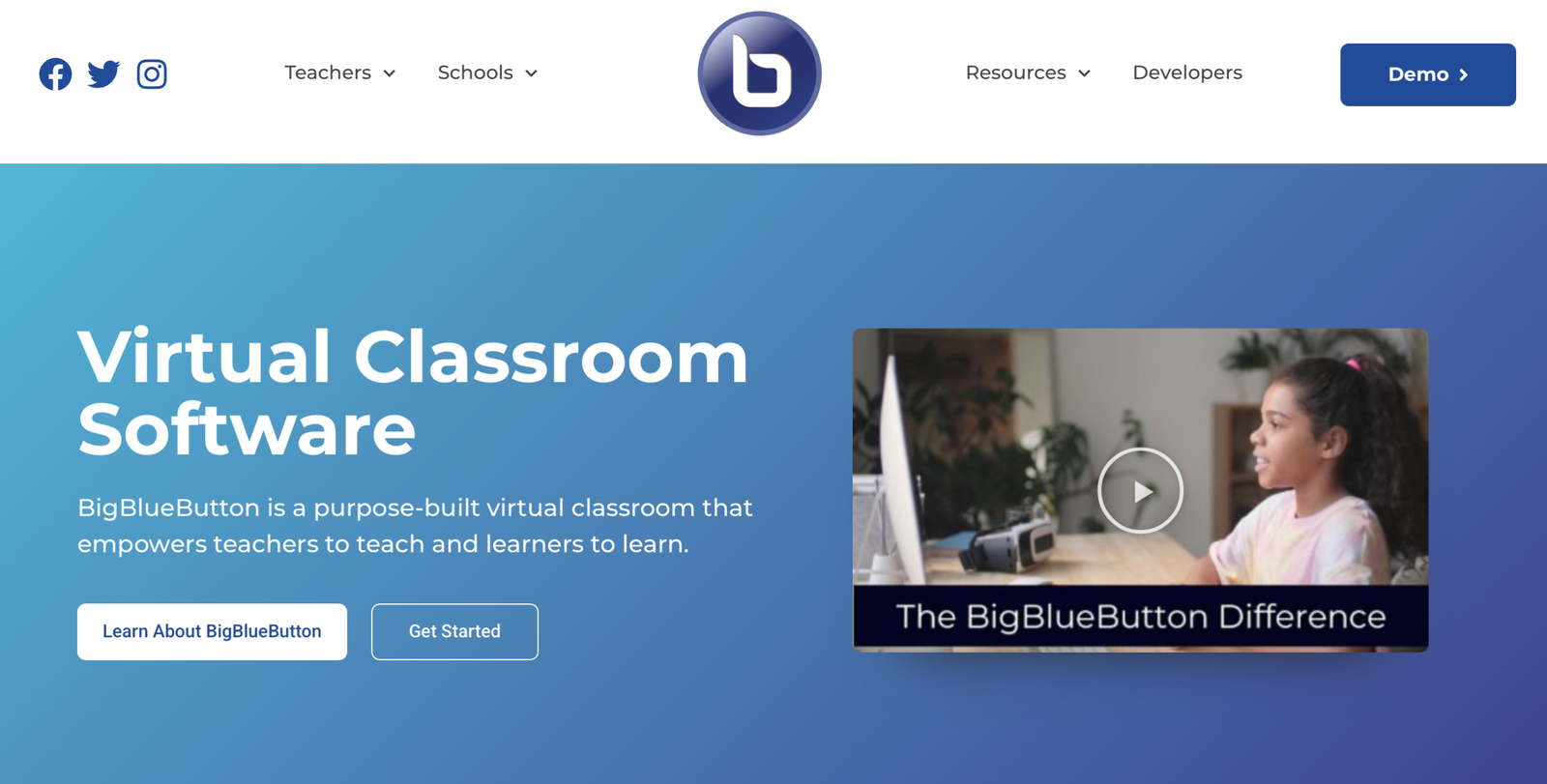
7. Google Classroom + Gemini AI
Google Classroom remains a staple in K–12 and higher education, but it has recently been powered up by Gemini AI. Teachers can generate personalized quizzes, visual diagrams, and lesson summaries directly within the platform. For schools already using Google Workspace, it’s a natural choice that continues to improve with AI features.
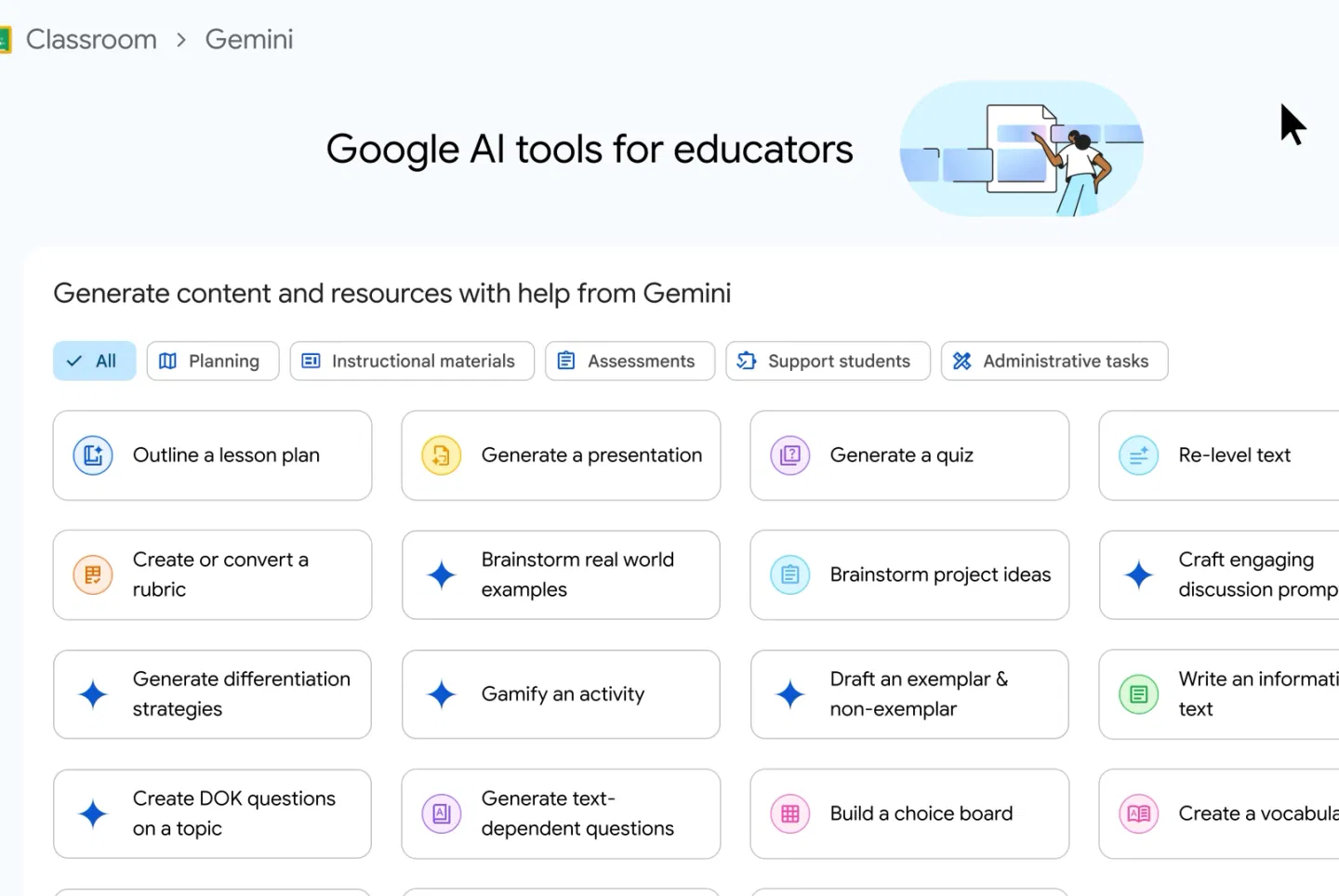
8. SC Training (formerly EdApp)
SC Training is a mobile-friendly platform built around microlearning. It’s especially effective for schools and organizations that want gamified learning experiences. With features like leaderboards and mobile accessibility, it keeps students engaged in short, interactive modules.
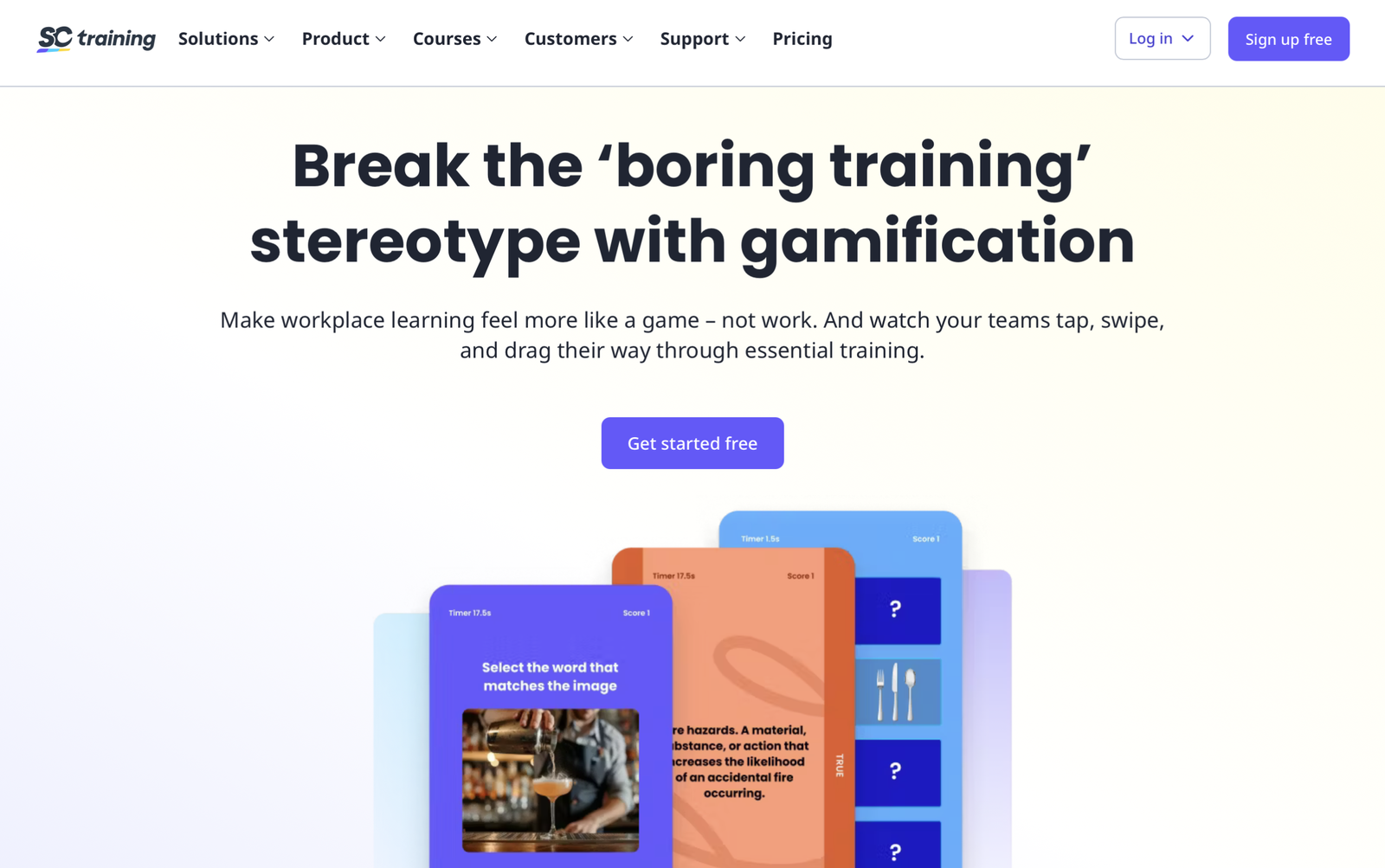
FAQs
What is the difference between a virtual classroom platform and a regular video conferencing tool?
A regular video conferencing tool, like Zoom or Microsoft Teams, connects people through live video and chat. A virtual classroom platform goes further by adding education-specific features such as whiteboards, breakout rooms, attendance tracking, quizzes, and LMS integration. These extra tools help replicate the classroom experience and keep students engaged.
Which virtual classroom platforms support hybrid learning best in 2025?
Platforms like Kaltura and Google Classroom with Gemini AI are strong choices for hybrid learning because they handle both in-person and remote participation seamlessly. BigBlueButton is also popular in schools that use Moodle or Canvas, as it integrates well with blended setups.
Are there free virtual classroom platforms for teachers on a budget?
Yes. Edcafe AI has a free trial for members, SC Training (formerly EdApp) offers a free plan for microlearning, and Google Classroom is free for schools already using Google Workspace for Education.
How can teachers keep students engaged in long virtual lessons?
Break lessons into smaller chunks, use interactive activities like polls and quizzes, and rotate between whole-class and breakout discussions. Tools with built-in engagement features (like Vedamo or BigBlueButton) help, but many teachers also rely on other PowerPoint add-ons like ClassPoint to add interactive quizzes, word clouds, and live inkings into their slide decks to sustain attention.
Do virtual classroom platforms work on mobile devices?
Most modern platforms do. SC Training is built mobile-first, while Google Classroom, Edcafe AI, and ProProfs offer mobile access through apps or browsers. Students may have a limited experience on small screens, so teachers often prepare simplified slides or activities for mobile learners.
What role does AI play in virtual classrooms in 2025?
AI now powers many teaching tasks: automatic grading, personalized quizzes, real-time transcription, and even generating learning materials. Google Classroom’s Gemini AI personalizes content for learners, while Edcafe AI helps teachers build lesson plans, slides, and quizzes in minutes. AI is becoming a time-saver for teachers and a personalization engine for students.
Are virtual classroom platforms safe for K–12 students?
Most leading platforms comply with student data privacy laws like FERPA, COPPA, or GDPR. For example, Google Classroom offers enterprise-grade security, and BigBlueButton can be hosted privately by schools. Teachers should check privacy settings, ensure recordings are stored securely, and confirm that their platform complies with district or national policies.
Can teachers integrate PowerPoint into virtual classroom platforms?
Yes. Most platforms allow you to share or embed PowerPoint slides during lessons. To make slides more than static visuals, many educators use add-ons like ClassPoint, which embeds quizzes, polls, and interactive tools directly into PowerPoint, turning slides into a dynamic teaching space inside any virtual classroom.
What is the best virtual classroom platform for language teaching?
LearnCube is a top choice for language tutors, offering browser-based access, scheduling, and a digital whiteboard. Its AI ESL tools help teachers adapt lessons on the spot. Vedamo is also strong for group discussions and language practice in breakout rooms.
How do schools choose between open-source and enterprise virtual classroom platforms?
Open-source platforms like BigBlueButton are flexible and cost-effective but require IT support for setup and maintenance. Enterprise platforms like Kaltura offer scalability, security, and customer support but come at a higher cost. The decision often depends on budget, IT resources, and the need for customization vs ready-to-use solutions.
